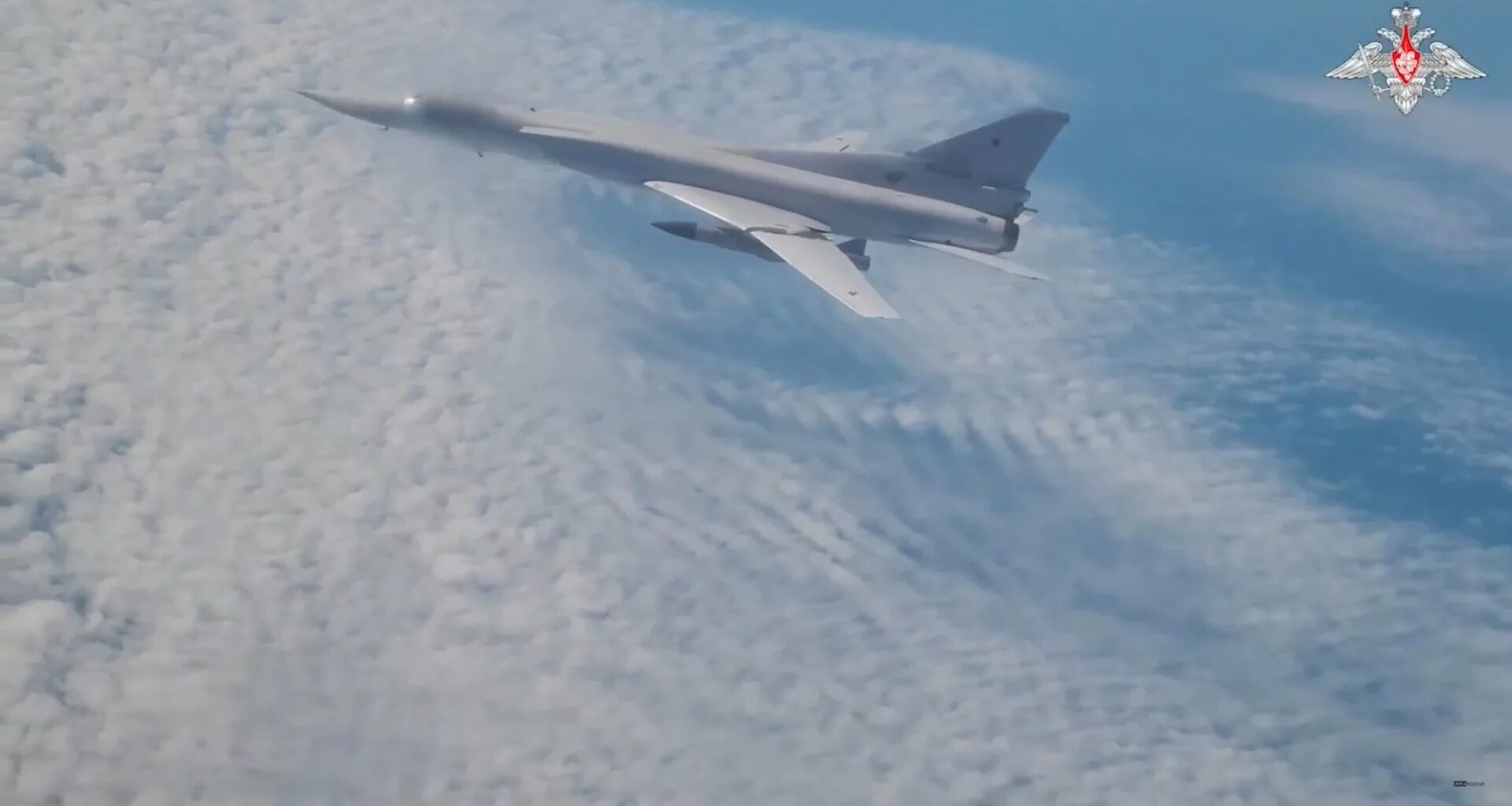Just days after the largest recorded attack on its strategic bomber fleet, carried out by Ukrainian drones on June 1, the Russian Aerospace Forces reported the deployment of Tu-22M3 bombers on patrol flights over the Baltic. According to an official statement released on June 11 by the Ministry of Defense of the Russian Federation, a series of patrol flights by Russian strategic bombers were conducted in international airspace over the Baltic Sea.
During the flight, which lasted four hours, the Tu-22M3s were escorted at various stages by Su-30SM and Su-27 fighters, as reported by the Russian defense ministry. It was also stated that this activity is part of routine flight operations conducted over different regions, such as the North Atlantic, North Pacific, Arctic, Baltic, and Black Sea.
Another detail mentioned was the escort provided by combat aircraft from other countries—presumably NATO forces currently deployed in the Baltic region and operating from Lithuania and Estonia—though no specific details about these aircraft were provided.
Regardless of the official account, and beyond the routine nature of such VKS operations over the Baltic, the timing of this patrol flight, just days after the Ukrainian attack on multiple strategic bomber bases, could be interpreted as a message to the West reaffirming that Russia’s strategic deterrent capabilities remain operational and effective.
As a reminder, on June 1, the bases of Ivanovo, Olenya, Belaya, Severny, Dyagilevo, and Ukrainka were targeted in a coordinated drone attack. Videos that quickly went viral showed the destruction of Tu-95MS and Tu-22M3 bombers. In the hours following the attack, there was even speculation about the possible destruction of Tu-160s—the crown jewel of Russia’s strategic aviation.
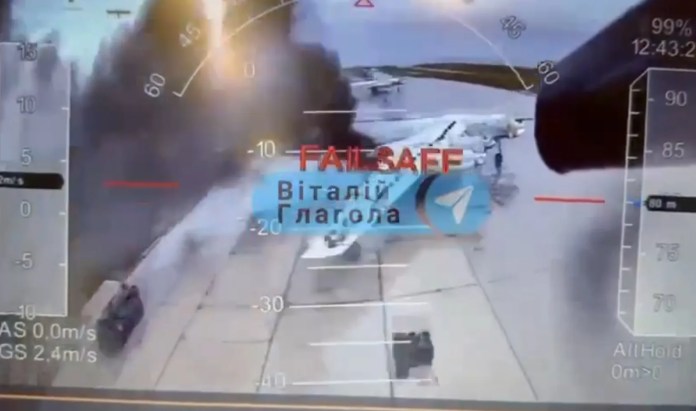
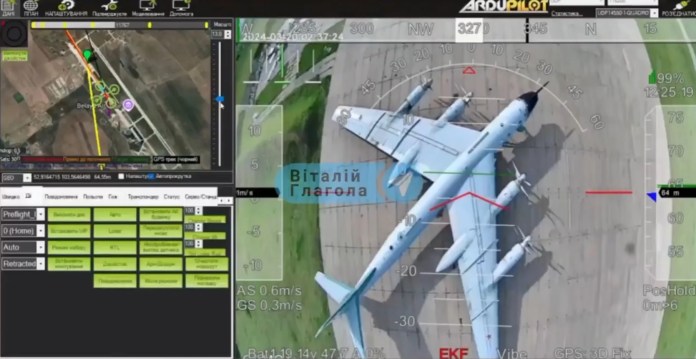
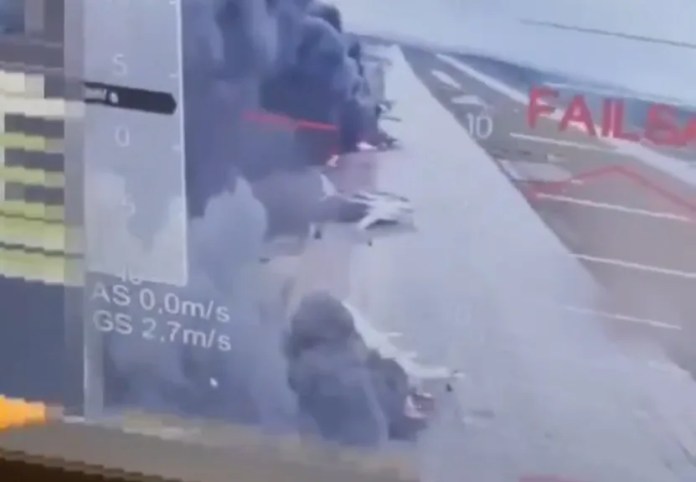
However, initial estimates from Ukrainian sources suggesting that up to 41 aircraft had been destroyed were later revised, as satellite imagery became available.
Andriy Kovalenko, an official with Ukraine’s National Security and Defense Council, provided an updated figure: a total of 13 aircraft destroyed, including several Tu-95MS bombers that were reportedly armed with Kh-101 cruise missiles at the time of the attack.
In the case of the Tu-22M3s, satellite images confirmed that at least four bombers located at the Belaya base were destroyed during the attack.
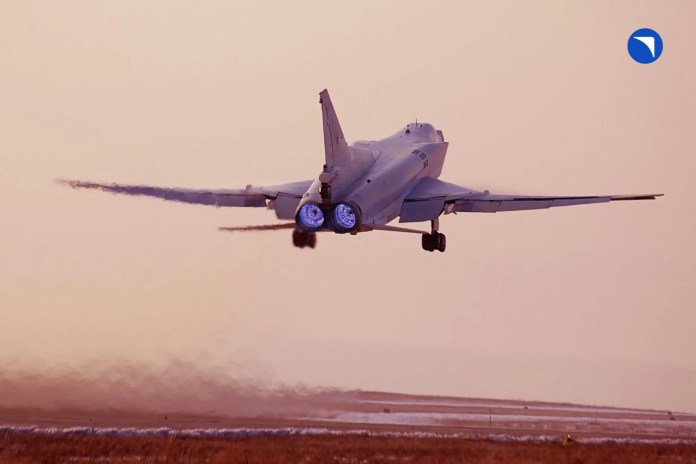
Regardless of the final number of aircraft destroyed or damaged, the scale of the attack on the Strategic Bomber Fleet cannot be overlooked, nor can the efforts Russia will need to undertake to replace or compensate for the losses—especially given that, unlike the Tu-160M, both the Tu-95MS and Tu-22M3 ceased production decades ago.
The Backfire bomber first flew in 1977, with a total of 268 units produced by 1993. Due to their years of service, the remaining active aircraft have undergone modernization programs, resulting in the most recent version, the Tu-22M3, though its upgrade process has been slow.
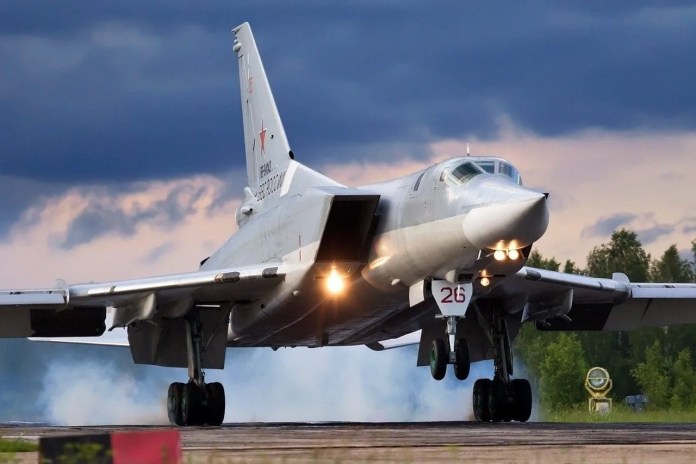
Key improvements in the Tu-22M3 include a significant avionics upgrade, a modernized radar, new weapons and fire control systems, as well as enhanced navigation and communications systems.
Finally, it is worth noting that prior to the outbreak of the conflict in Ukraine, the Russian Aerospace Forces were estimated to have around 60 Tu-22M3 bombers in service—a number that has since declined after more than three years of ongoing war.
You may also like: The Russian Navy commissions the sixth of the new improved Kilo-class attack submarines intended for the Pacific Fleet
